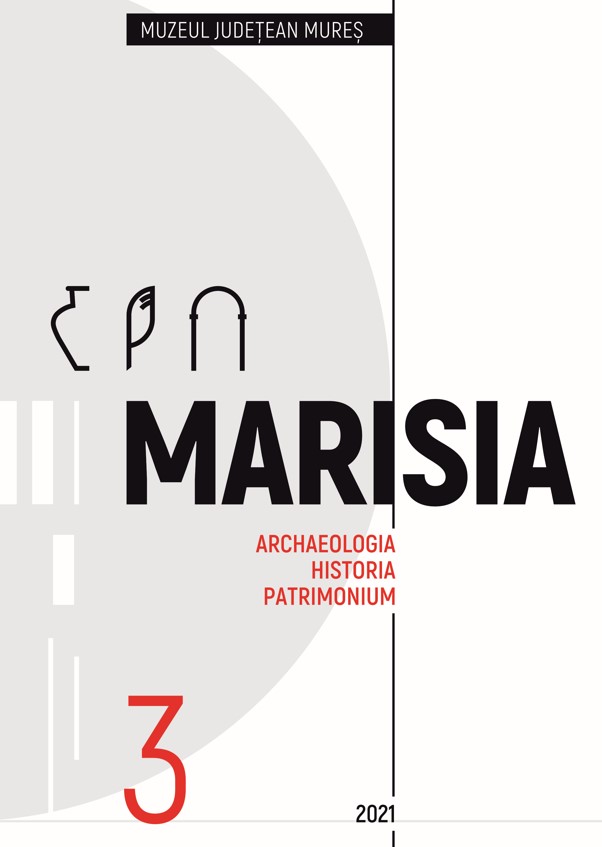GRĂDIŞTEA DE MUNTE–SUB CUNUNI (HUNEDOARA COUNTY). THE FILE OF A FORGOTTEN ARCHAEOLOGICAL SITE
GRĂDIŞTEA DE MUNTE–SUB CUNUNI (HUNEDOARA COUNTY). THE FILE OF A FORGOTTEN ARCHAEOLOGICAL SITE
Author(s): Aurora PeţanSubject(s): Archaeology, Cultural history, Regional Geography, Local History / Microhistory, Social history, Ancient World, Cultural Anthropology / Ethnology
Published by: Editura Mega Print SRL
Keywords: Sub Cununi; Roman Dacia; votive altars; Victoria Augusta; Ranisstorum; Trajan; Antoninus Pius;
Summary/Abstract: The archaeological site at Grădiștea de Munte-Sub Cununi is located in the vicinity of Sarmizegetusa Regia, the capital of the Dacian Kingdom. As early as the first half of the 19th century, Dacian and Roman relics were mentioned in this area. The ruins of some buildings made of shaped stones and bound with mortar drew the attention, being at that time above ground level. The place became notorious after two Roman votive altars were discovered; they were dedicated to goddess Victoria Augusta, respectively to Apollo Augustus by two governors of Roman Dacia from the latter half of the 2nd century AD. Several interpretations were given with respect to the Roman presence in this region: summer residence (villa), Roman camp or statio, fortified dwelling, civil settlement related to iron processing, sanctuary or commemorating monument (tropaeum) or even Decebalus’ royal residence. The place was related either to the end of Trajan’s wars against the Dacians (identified by some historians with Ranisstorum, where Trajan had his camp in 106 AD when king Decebalus killed himself), or to the events around 158 AD, when the first inscription is dated. Despite its importance, the site never benefited from systematic archaeological research. The vestiges are no longer visible nowadays and their localization is uncertain. This paper brings together all the documentary information available as well as a recent LiDAR dataset, which help in making some aspects clear and invite to starting off the field research.
Journal: Marisia. Archaeologia, Historia, Patrimonium
- Issue Year: 2021
- Issue No: 3
- Page Range: 79-98
- Page Count: 20
- Language: English

